
Let's talk!
Fill out this form and we will contact you as soon as possible.
The Loropetalum liners, with its lush, cascading foliage and vivid, fringe-like blooms, is a captivating addition to any garden or landscape. Part of the Hamamelidaceae family, Loropetalum liners are native to East Asia, bringing a touch of exotic beauty with its deep, colorful leaves and unusual flowers that bloom throughout the growing season. These evergreen shrubs are versatile, thriving in a variety of climates and adding year-round color. Known for their rich, purple-hued leaves and striking pink, red, or white flowers, Loropetalum liners are celebrated for its ability to bring vibrant hues and textural interest to borders, mixed beds, and container gardens.
Loropetalum liners perform well in well-draining soil and prefer partial to full sun, making it ideal for both formal and informal landscapes. Due to its natural form and relatively low-maintenance care needs, it’s often used for hedges, foundation plantings, or as a show-stopping accent in landscapes. Beyond its aesthetic appeal, Loropetalum young plants are durable and adaptable, tolerating mild drought and a range of soil conditions. Whether used as a centerpiece in containers or planted en masse, Loropetalum liners add a graceful, colorful element to any garden.
Traditional propagation methods such as cuttings or grafting often come with lower success rates and a higher risk of disease. Tissue culture provides an innovative solution that ensures true-to-type Loropetalum liners that are sterile and disease-free.

Here are some of Tissue Culture benefits to Loropetalum liners
Pests

These small insects can cluster on new growth, causing distortion and stunted growth. Regularly inspect Loropetalum liners and apply insecticidal soap or neem oil as needed.

Look for fine webbing and speckled leaves in Loropetalum liners. These pests thrive in dry, dusty conditions, so maintain proper humidity levels.

Found as small, immobile bumps on stems or leaves, scales can be treated with horticultural oils or systemic insecticides.
Diseases

Caused by Pseudomonas savastanoi, it leads to unsightly swellings and can result in dieback. Remove infected branches and avoid overhead watering to prevent spread.

Often caused by overly wet soils or poor drainage, root rot leads to wilting and browning. Plant Loropetalum liners in well-draining soil and avoid overwatering.

Fungal infections can cause brown or black spots on leaves. Prune infected foliage and apply fungicides when necessary.
Environmental stressors

Causes chlorosis (yellowing leaves) and poor nutrient absorption. Amend soil with sulfur to lower pH.

While mature Loropetalum liners are drought-tolerant, prolonged dry periods can lead to wilting and leaf drop. Water deeply during hot, dry spells.

Prolonged exposure to freezing temperatures may cause leaf loss or branch dieback. Mulch around the base to protect roots during winter.
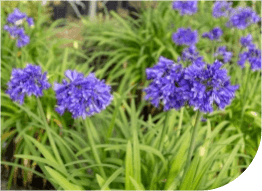
Agapanthus nursery plant liners feature vibrant blue or white blooms and lush, strap-like leaves.
VIEW MORE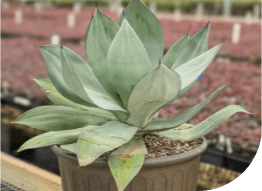
Agave nursery plant liners boast bold, sculptural leaves, making them a stunning, low-maintenance choice for xeriscaping.
VIEW MORE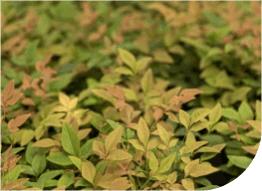
Aloe nursery plant liners are loved for their rosette form and medicinal, fleshy leaves.
VIEW MORE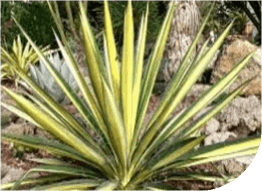
Alpinia nursery plant liners stand out with tropical foliage and vibrant flowers, ideal for shaded gardens.
VIEW MORE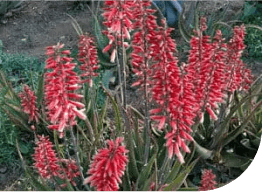
Aloe nursery plant liners are loved for their rosette form and medicinal, fleshy leaves.
VIEW MORE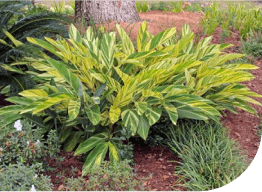
Alpinia nursery plant liners stand out with tropical foliage and vibrant flowers, ideal for shaded gardens.
VIEW MORE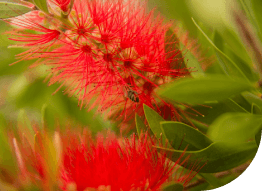
Callistemon nursery plant liners feature unique red blooms that are loved by pollinators.
VIEW MORE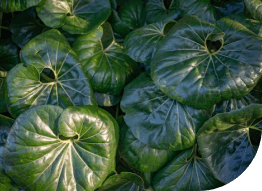
Farfugium nursery plant liners add charm with glossy, round leaves and bright yellow flowers.
VIEW MORE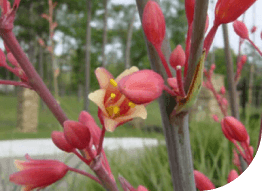
Hesperaloe nursery plant liners boast arching leaves and tall, striking red or pink flower spikes.
VIEW MORE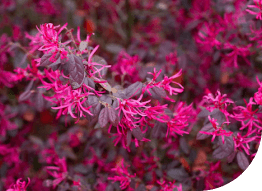
Loropetalum nursery plant liners showcase deep-purple foliage and delicate, pink, fringed flowers.
VIEW MORELoropetalum liners thrive with at least 4–6 hours of partial shade but can tolerate full sun if soil moisture is maintained. Too much shade may reduce flowering.
Yes! Once established, Loropetalum liners require minimal care. They are drought-tolerant, need infrequent pruning, and thrive with occasional fertilization tailored to their needs.
Depending on the growing zone, Loropetalum liners may shed leaves in colder climates. In USDA zones 7–10, they typically remain evergreen.
Maintain soil pH at 5.5–5.8 and ensure proper fertilization with manganese and magnesium to retain vibrant leaf color. Inadequate water or nutrition can cause leaves to turn green.
No, Loropetalum is considered non-toxic to dogs and cats. However, ingestion may cause mild stomach upset.
Usually, Loropetalum roots extend about 12–18 inches deep. However, they will grow and spread laterally beyond the canopy of the plant. This root growth pattern helps them anchor securely and access a wide range of soil nutrients and water.
Mature Loropetalum liners can reach heights of up to 15 feet, though dwarf varieties may stay under 3 feet tall.
It grows best in USDA zones 7–10, in well-drained, slightly acidic soil with access to partial sun.
It depends on the severity and duration of the freeze. Mulching can help protect roots during colder periods.
For over 46 years, Magnolia Gardens Tissue Culture Division has been dedicated to delivering top-quality young plants, pioneering protocol development, and efficient stock management services to breeders, growers, and brokers alike. We take pride in customizing our services to meet the unique needs of each client with a win-win mindset.
MGN Liners is a division of Magnolia Gardens Nursery.
+46 years
Almost half century of experience in the green industry
+9M
More than 9 million plants produced per year in our Tissue Culture laboratory
+4.5M
More than 4.5 million plants produced per year in our greenhouse
95%
of the production comes from our laboratory in Texas
Place your order promptly to ensure your plant material for the next season or ask about our availability of our "spec" production to meet last minute needs in the market.